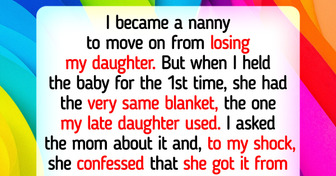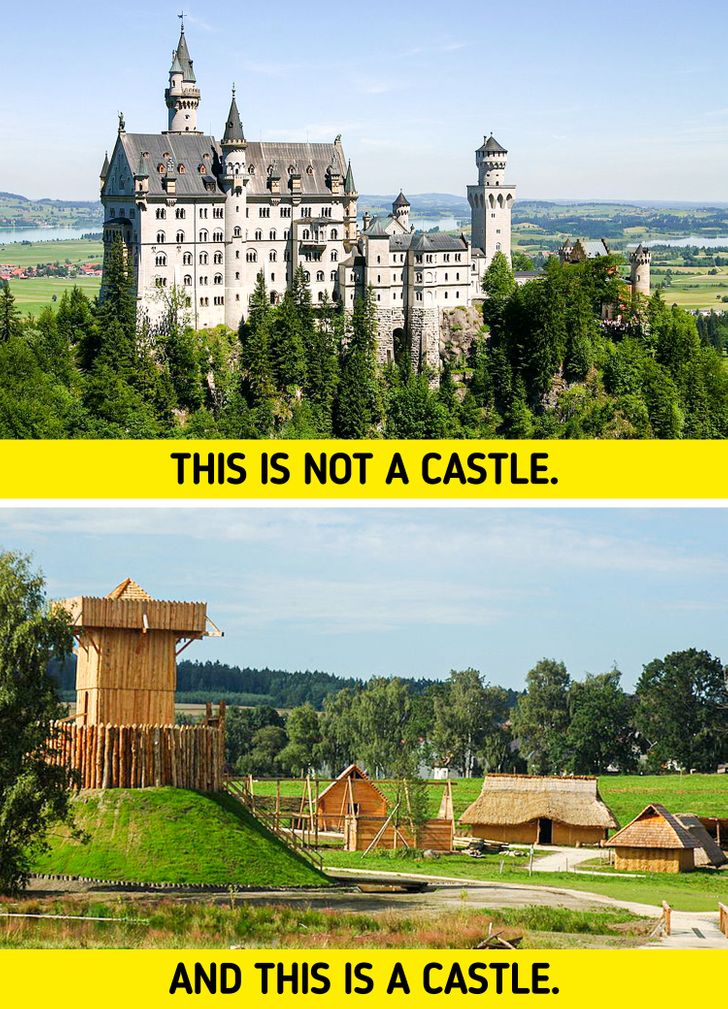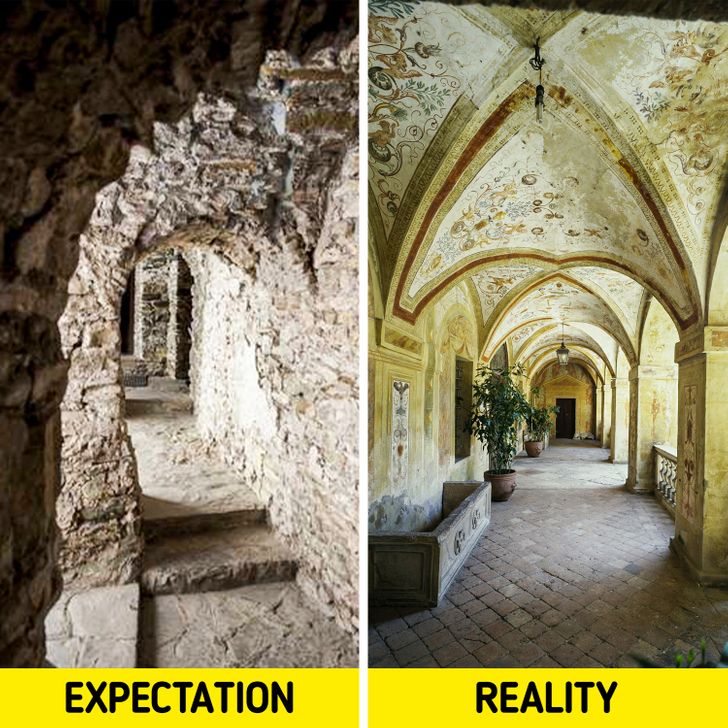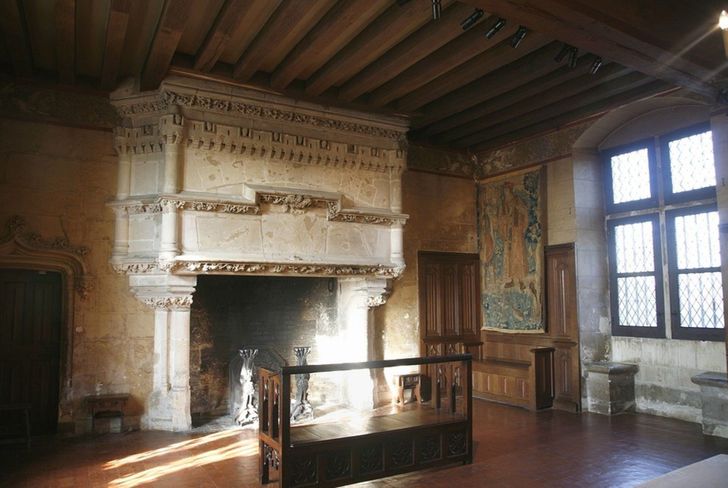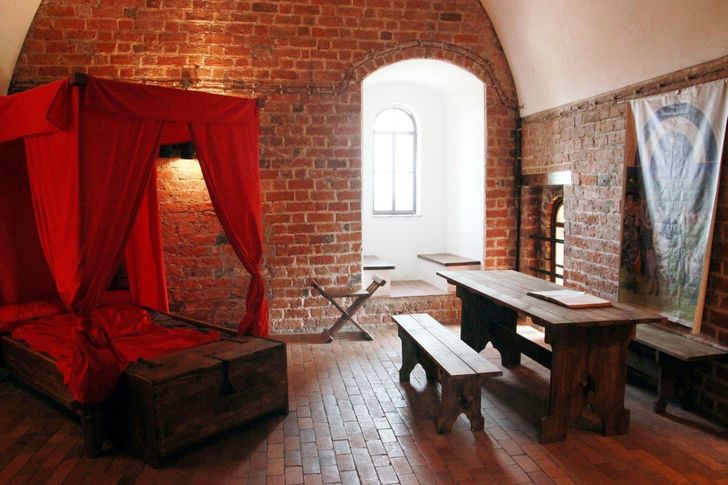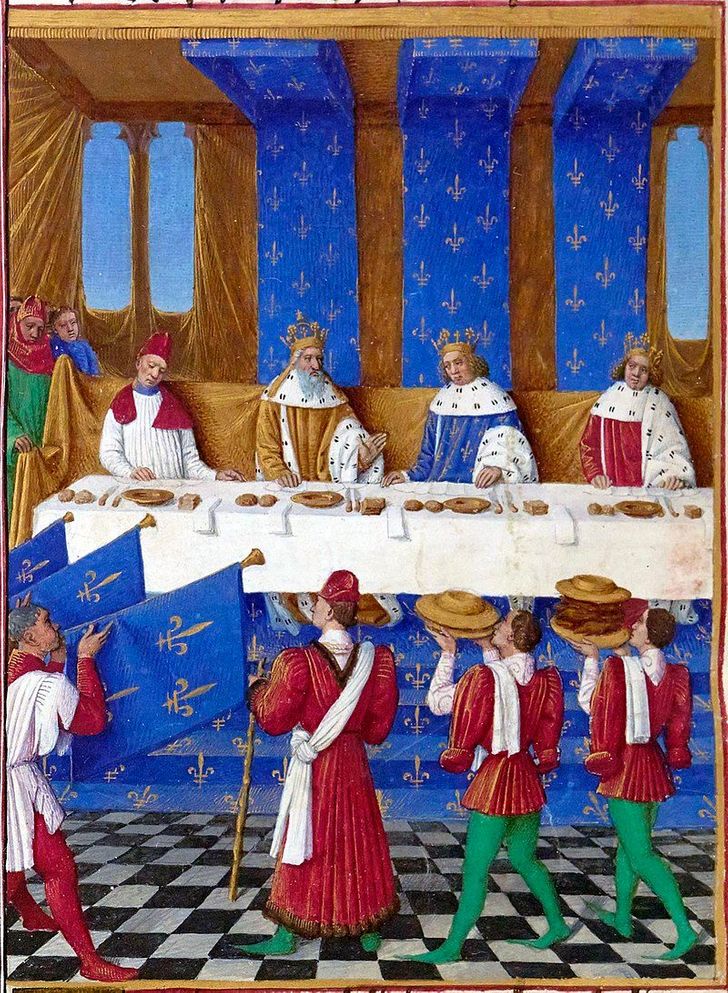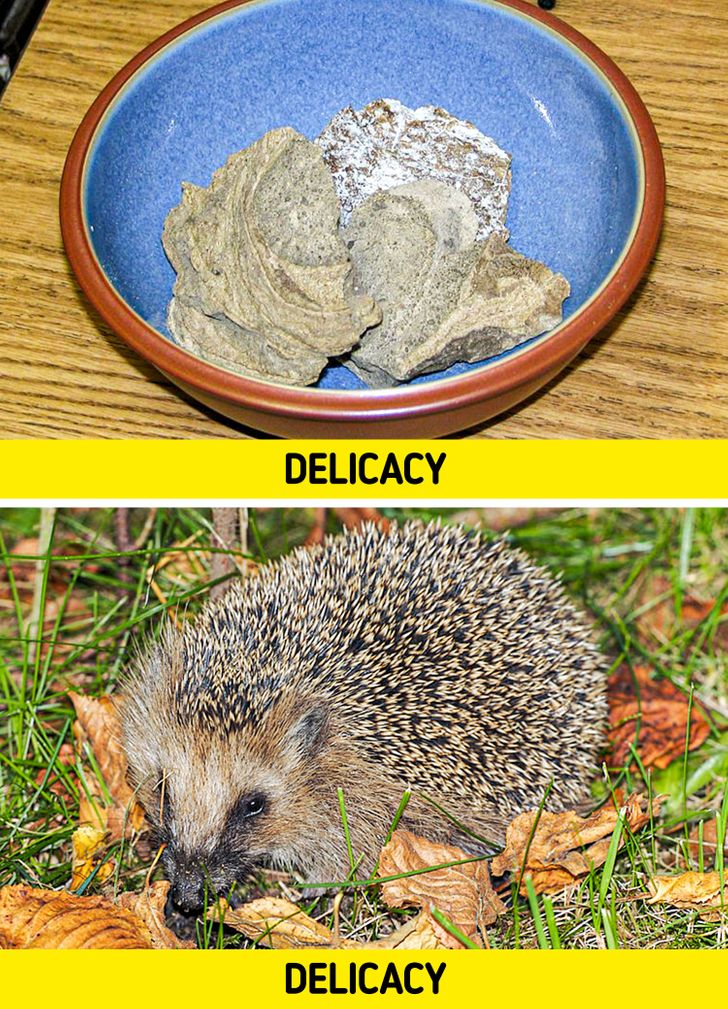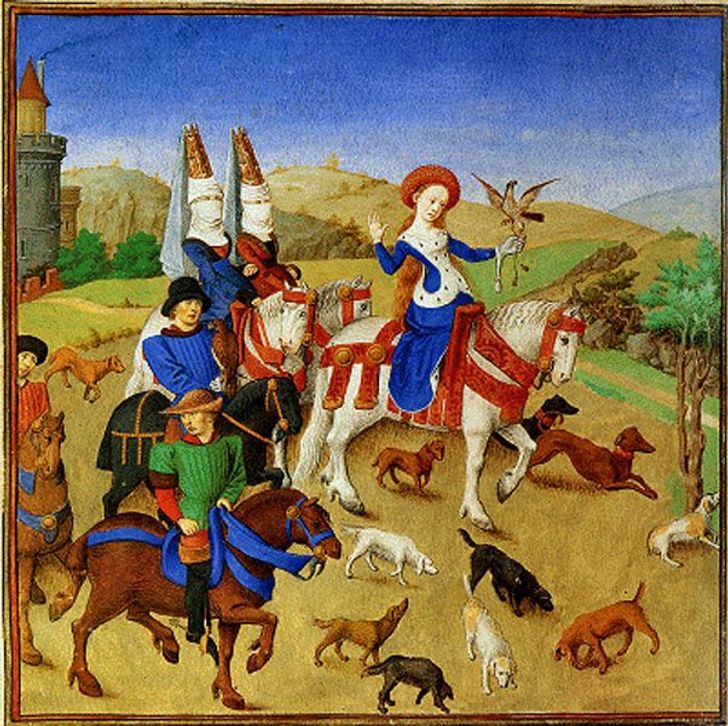wow! these are so unbelievable!!
20+ Facts About Medieval Castles That Turn All Stereotypes Into Dust
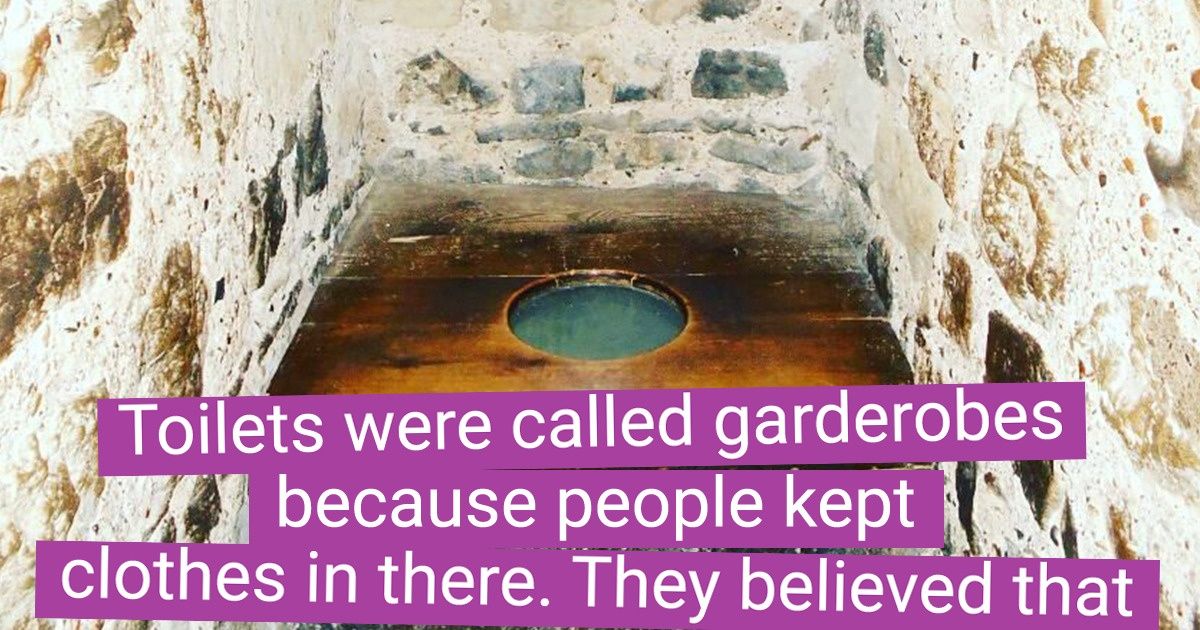
The Middle Ages are often thought of as dark times but that’s not entirely fair. After all, things like windmills, the Gothic style, typography, keyboards, and glasses were all invented during this period.
In medieval castles, very interesting events took place, like intrigues, tournaments, and huge feasts. And we at Bright Side wanted to take a look at how people lived within these fortress walls.
What a castle is and what they actually looked like
-
Many people think that a castle is a tall beautiful piece of architecture where the king and his family live. But this isn’t really true. A castle is a fortified construction, meaning that the walls are protecting different buildings inside. The buildings in which rich lords lived were known as palaces.
-
In the tenth and eleventh centuries, castles were more like fortified camps. In the middle of the space, surrounded by a ditch and fencing, there was 1 building — a dungeon that was once a wooden and then eventually a stone round or 4-cornered tower. Dungeons, being key defensive constructions, were also used as a place to live in: on every floor, there were 1 to 2 rooms that weren’t heated or lit well. The rest of the construction consisted of warehouses for inventory and a forge with a stable. There was also a feast room and a kitchen. In case of danger, all the people living in the castle hid in the dungeon that could withstand a long siege.
-
Thanks to movies, we were certain that the inside walls of castles were grey and dark. However, rich people often decorated their palaces — it’s just that the colors have faded over time.
-
The floors were really dirty: there were food leftovers, drinks, and dog and cat feces. The servants regularly swept the floors to make them look clean.
-
Winding staircases were built not only to save space but also for better defense. The thing is, on a staircase going clockwise, a right-handed warrior would have a lot of trouble moving. Also, for the same reason, winding staircases had stairs of different sizes.
-
The siege of a castle could take months or even years and not a lot of warriors were needed to protect it. For example, in the thirteenth century, the Harlech castle was defended by 36 people for a year. The same castle was defended for 7 years by the Lancasters until they were forced to give up in 1468.
What it was like to live in a castle
-
Before the thirteenth century, castles were terribly cold. There were tiny windows, so sunlight couldn’t get through and warm the walls. Only when the Gothic style appeared did the windows become bigger.
-
The fireplaces weren’t there from the start. In the beginning, the rooms were heated with open fire. In the central room, there would be a fire and the smoke would get out through a hole in the roof. It was a bad way to get warm and the air was always dirty along with the walls.
-
The light was also a problem. It was possible to see something only during the day because the glass at the time wasn’t of very good quality and it didn’t let the sunlight through well. There were torches on the walls but they produced too much soot.
-
The rooms in the castles were quite big and they didn’t look at all like the places we live in today. Very often, there were only huge rooms and several secret passages. The big rooms were often separated with hanging carpets that were removed when necessary.
-
In the early Middle Ages, everyone that lived in the castle slept in the same room: the nobles, the warriors, and the servants. They were separated by curtains.
-
Later, the owner of the castle and his wife would have rooms separate from the others. Such rooms had bigger windows, so there was more sunlight. There would also be a fireplace and a big bed. The bed was easily dismantled so that the owner could take it with him when he traveled somewhere. The servants of the lord slept in the same room.
-
Guests would stay in the owners’ room. They would put another bed in there with a curtain.
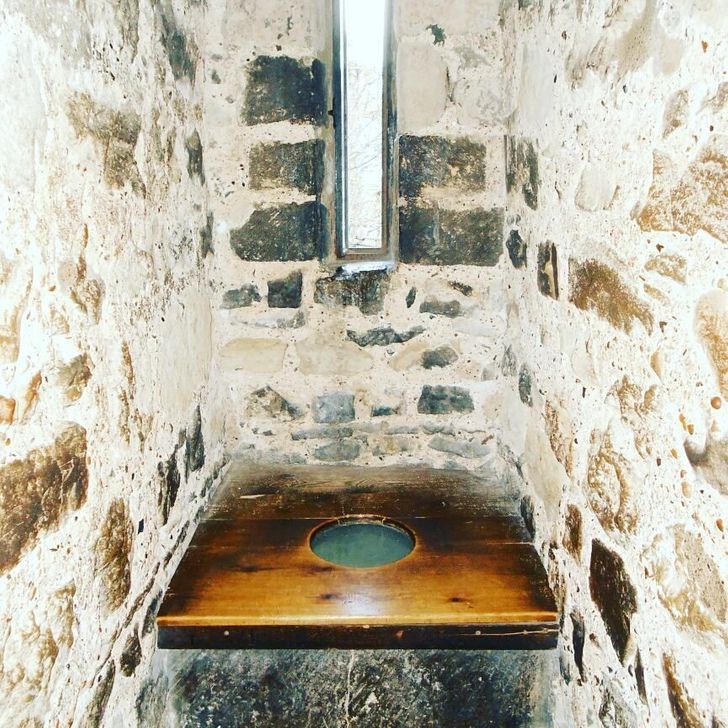
-
Toilets were small rooms with benches and holes. The contents of the toilets would go down the gutters into the cesspool or the ditch. The smell was intolerable, especially in summer. One of the ways to conquer a castle was to go up the drain, hoping the toilet wasn’t being used.
-
Toilets were called garderobes because clothes were stored there. People believed that the bad smell scared away moths and fleas.
Food
-
Famine accompanied medieval people all the time — even the aristocrats. This is why, during feasts, they’d often eat so much they’d have to vomit.
-
The guest placement at a feast was decided according to status. The most important people were at the top of the table on a pedestal. Less important people sat near the exit on wooden benches.
-
If a lord wanted to entertain his guests, he would cover the food with gold leaf or serve a pie full of live frogs.
-
The nobles were one of the few people that could eat meat all the time. However, it wasn’t the beef, pork, or chicken that we’re used to, but rather, it was the meat of wild animals and birds that they could catch, like swans, geese, ducks, peacocks, sparrows, badgers, and hedgehogs. Sometimes, ambergris, the solid substance from the digestive system of sperm whales, was served.
-
The taste of the food was often flat because salt was used — not to improve the taste but to conserve the food for as long as possible or even to help cut the meat.
-
People ate far less sugar than we do now. Fruits like oranges weren’t grown in Europe. The Europeans sweetened their food with honey.
-
People in medieval castles almost never drank any water because it was too dirty. They consumed drinks of fermented grain. And it was always the women’s responsibility to make this.
Entertainment
-
One of the most popular forms of entertainment in the Middle Ages was hunting. Falconry was the most popular of its kind. Ladies also went hunting, and while it was harder for them, it looked more impressive because they had to chase animals on horses with special saddles that they had to sit sideways on. It was dangerous to ride horses like that but all the etiquette rules were meticulously followed.
-
In the evenings, during or after dinner, people would often listen to minstrels. And it wasn’t just because they loved art. It was like watching the news every evening.
-
On the territories of medieval castles, there were regular tournaments. Unlike the stereotypes we’ve become familiar with thanks to novels and movies, the tournaments were nothing other than sports events or staged fights — they weren’t duels. Initially, the point was to teach new people the art of the fight. Still, some competitions that only imitated real fights sometimes led to deaths because the weapons they used were often real.
Would you like to visit the castle of a feudal lord? Tell us why or why not in the comment section below!
Comments
i can't imagine how …
Yeah to be honest those kind of castles don't look too good for movies so yeah
to me that first picture will still be a castle, to me a castle is just a huge looking building :D not the litteral term but yeah
Related Reads
My Ex Put His New Family Over Our Son, So I Served Him the Sweetest Revenge

18 Stories That Prove a Cleaner’s Job Is About More Than Just Dusting
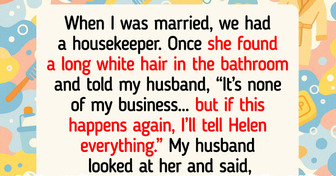
I Absolutely Refuse to Tolerate My DIL’s Laziness, My Son Deserves a Wife, Not a Freeloader

15 Fitting Room Stories That Can Make You See Shopping in a Whole New Light
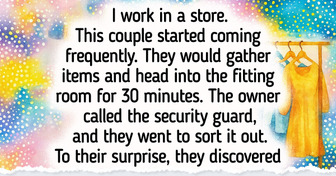
My Husband Made Me Care for His Sick Mother, So I Served a Payback He Won’t Forget
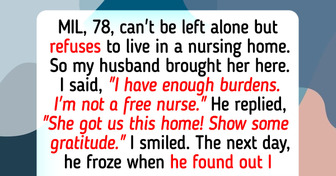
10 Parents Whose Quiet Kindness Spoke Louder Than Words

I Refuse to Let My Father’s Secret Love Child Steal My Inheritance

I Refuse to Let the Former Owner Get Married in My Backyard—My Kindness Stops Here
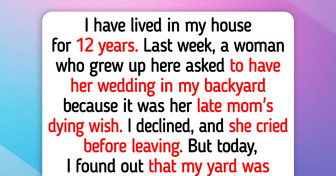
I Was Excluded From a “Family” Dinner—My Revenge Taught My DIL a Lesson
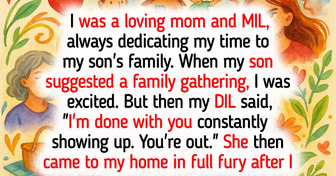
11 True Stories That Prove Real Life Doesn’t Need a Screenplay

13 Times People Accidentally Uncovered Someone’s Biggest Secret
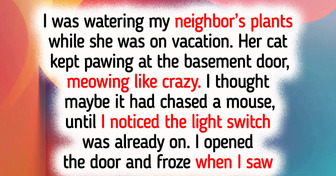
13 Times Babysitting Jobs Took an Unexpected and Emotional Twist
